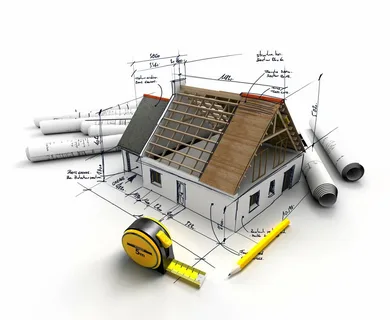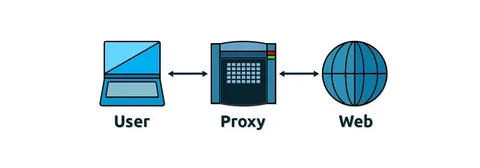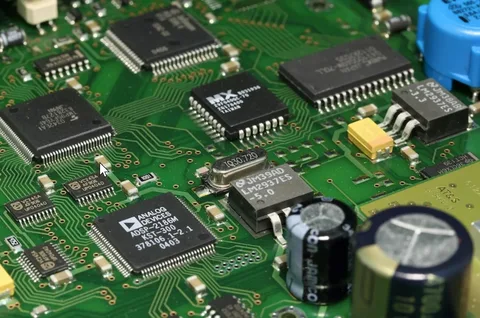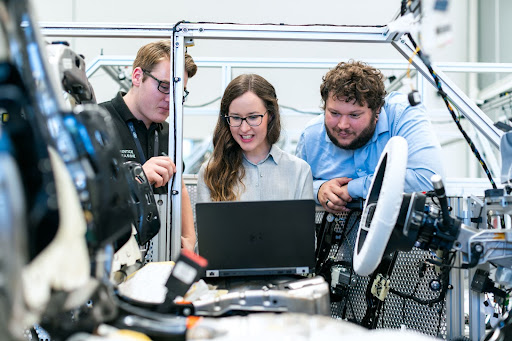Construction professionals are creating and managing building drawings differently than ever before using Building Information Modeling ( BIM). The paper-based method has been entirely replaced by smart & digital facilities that enable and optimize some collaboration.
BIM unites architects, engineers, and construction contractors in the same space to facilitate easy communication and streamline construction drawings. This technological change created the whole construction industry through improved drawings, which had another impact.
Table of Contents
1. Accuracy and Detail
Digital modeling makes it possible to measure and automatically inspect construction drawings accurately. BIM software finds conflicts in the building models so that construction systems never clash before construction.
The tech builds incredibly precise 3D models of each building element. The models are more powerful than 2D drawings to help workers manage complex installations.
2. Enhanced Collaboration
Though they are in different locations, construction teams can simultaneously be in the same model. Everyone in the form of eyes immediately perceives every change someone else has made for viewing or debates. An upside-down version of a model keeps the shared platform clear from obsolete versions of drawings.
Team members can comment and provide feedback on elements directly in the model. Collaboration is completely frictionless, translating into quicker decision-making so projects can be completed on time.
3. Better Visualization
BIM turns flat drawings into understandable 3D models anyone can visualize in real life. Clients can see their buildings virtually even before construction starts. The software outlines how much sunlight reaches rooms during most of the day.
Construction gangs use these to know what angle the building will be seen from and thus be able to plan ahead. Enhanced visualization prevents miscommunication among the project stakeholders.
4. Cost and Time Savings
Drawings get updated automatically when the digital model is updated digitally for any area. It cuts hours upon hours that were once devoured by manually updating each drawing with automation.
The software gives you quick material quantities and cost estimates from the model. BIM ensures early detection of problems so that expensive rework during construction is avoided. The technology lowers the need to get design amendments and schedule numerous projects.
5. Future-Ready Documentation
BIM provides comprehensive digital documentation of the building for future maintenance and renovations. Years after a building has been constructed and serviced by the facility managers, information about key elements can be accessed.
This digital model basically makes it more convenient to consider any building alteration or improvement. Building owners can get the correct maintenance history and can plan repairs more quickly. This documentation preserves the value and life of a building indefinitely, in addition to protecting it.
Conclusion
Acceptance of BIM represents a fundamental paradigm shift in draughting administration and complete project delivery for construction. Technology is evolving, further offering door-to-door opening opportunities for the real estate industry. Construction drawings of the future will derive from intelligent digital models…and this is it.
The Construction industry has grown due to increased adoption. More people are adopting BIM and the ability to build things better. As BIM’s benefits are clearly visible, it is very predictable that it will have the highest use in the construction sector.





